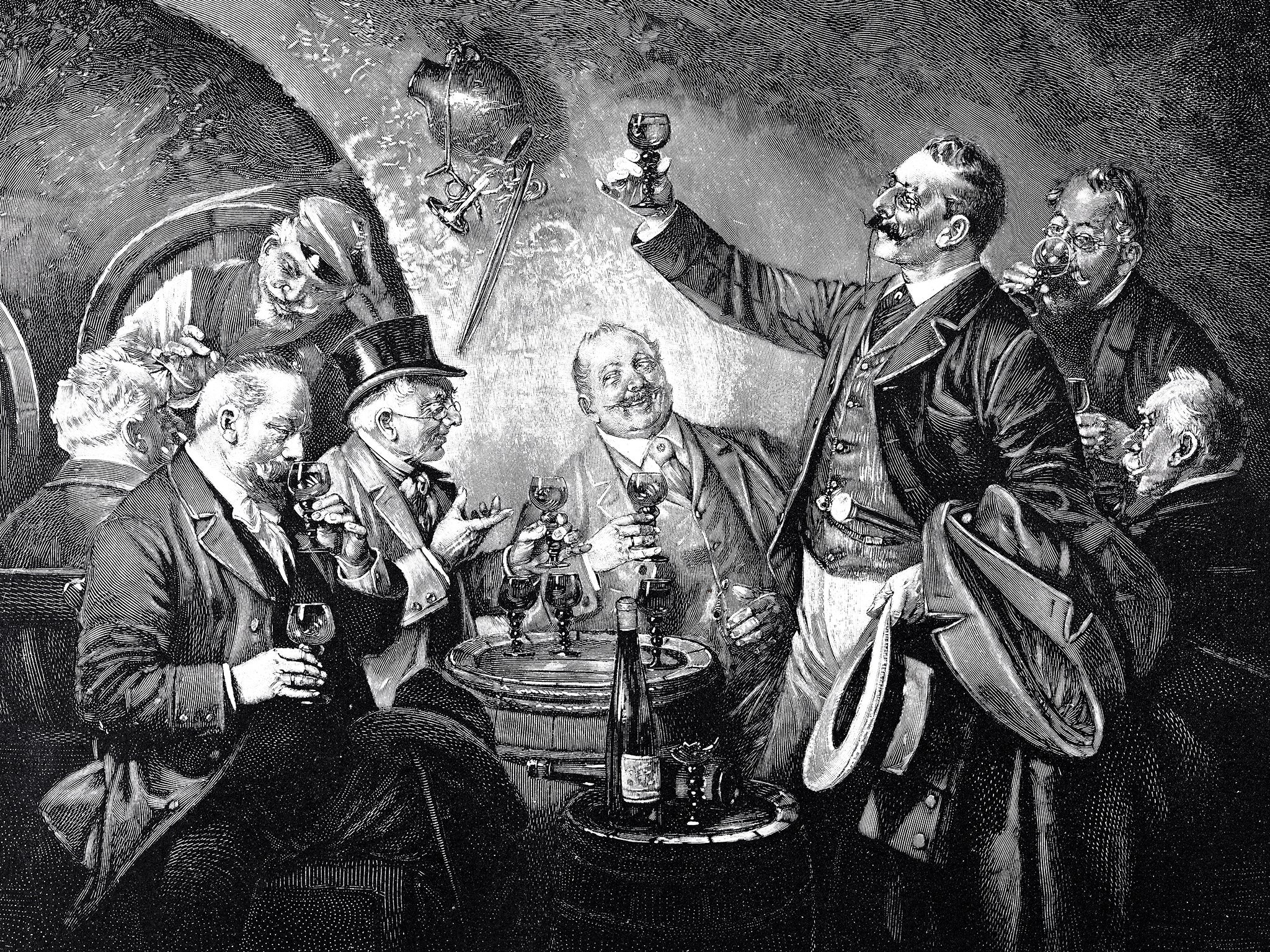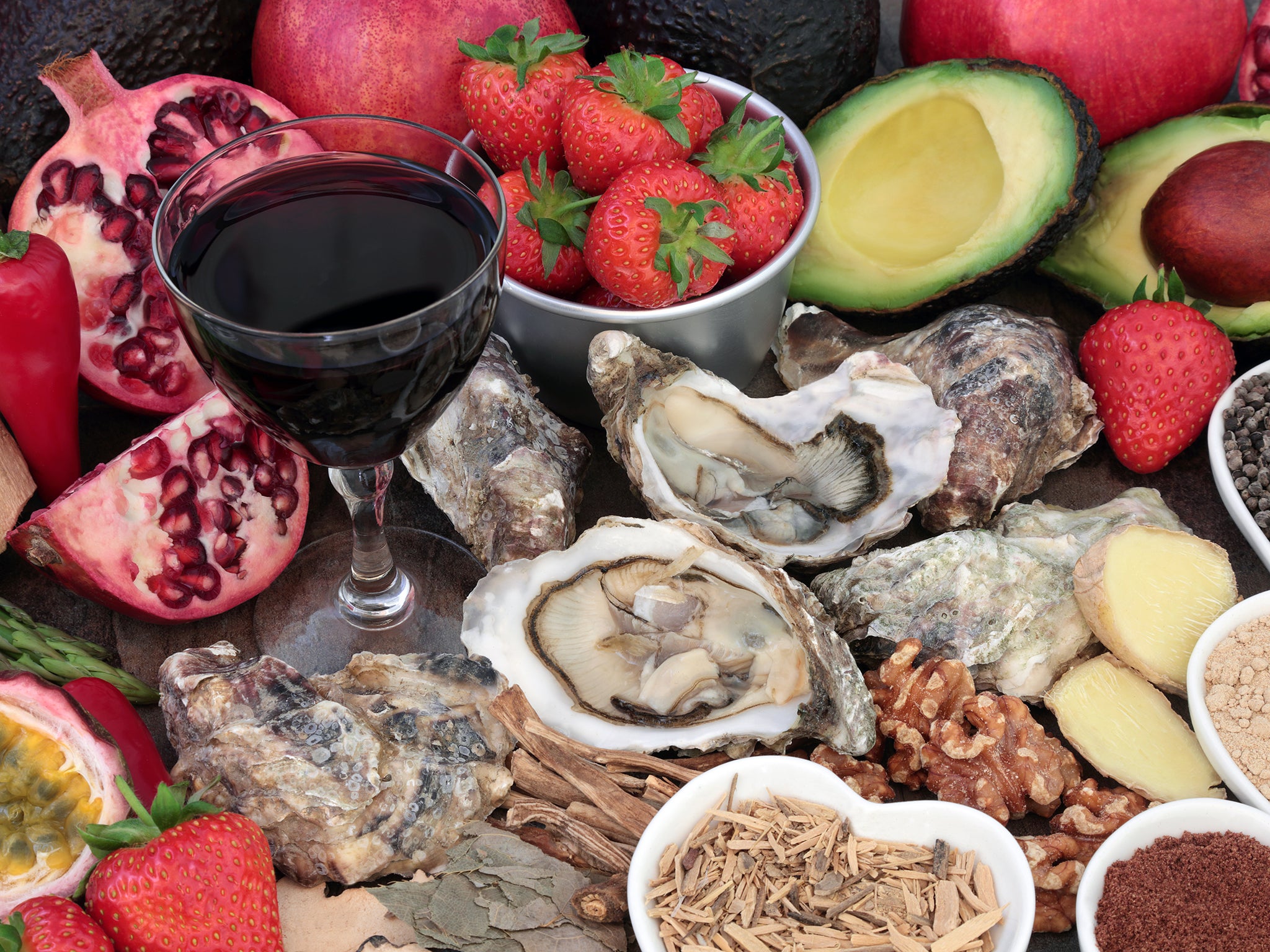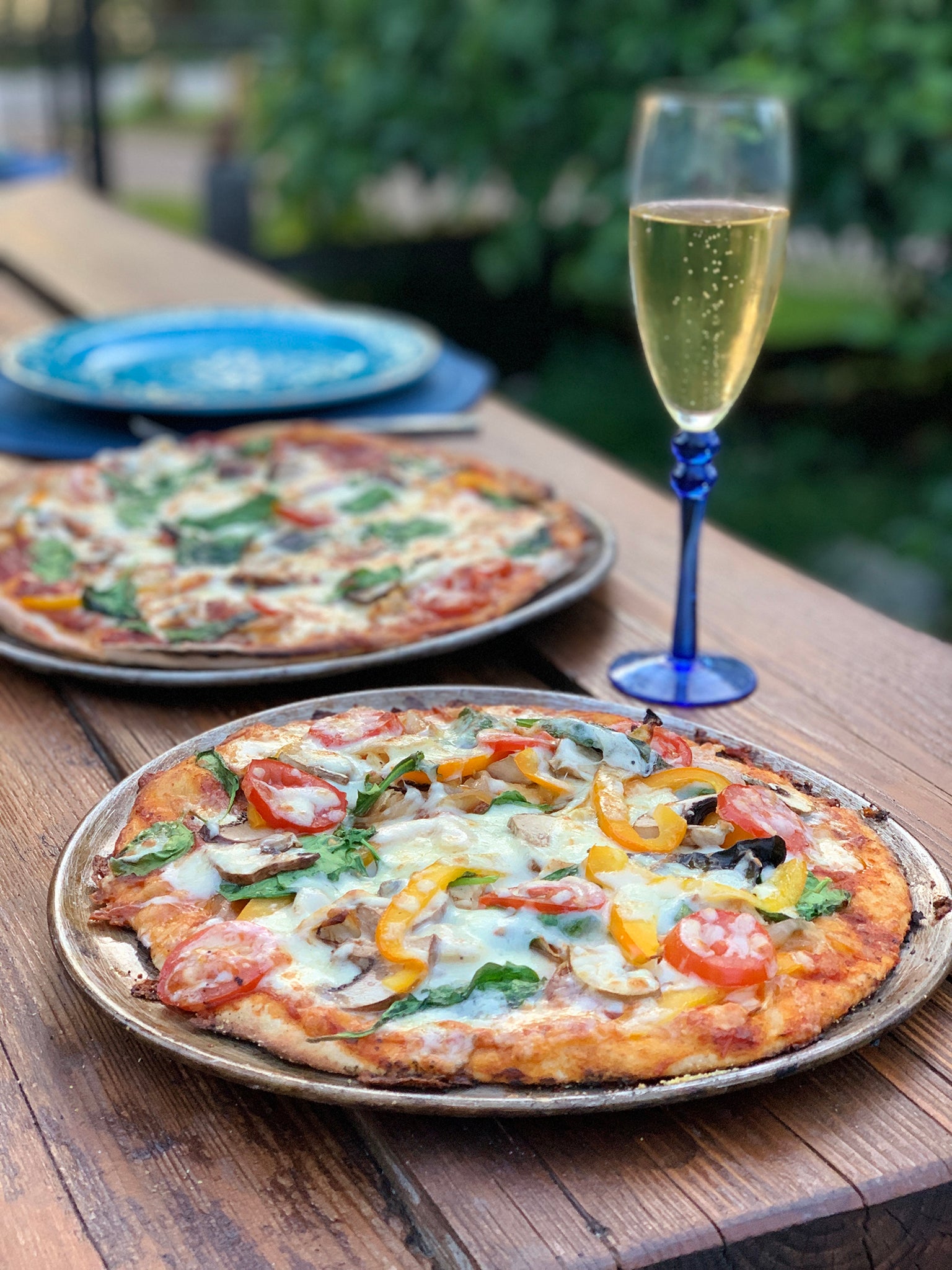Does pairing wine with food actually work or is it all pretentious nonsense?
Why can’t you have Champagne with pizza and red wine with oysters, asks Eric Asimov. With wine and food, rules are made to be broken

Pairing food and wine is one of the great culinary pleasures, whether you are opening a bottle for a romantic dinner by candlelight or having a glass with a bag of potato chips. But it can also be one of the most mystifying and intimidating elements of planning a meal.
What ought to be a joy often produces a feeling of dread and the fear of making mistakes. That anxiety can set in for both occasional wine drinkers and regular consumers.
To allay the fears of an embarrassing failure, many people will look for recommendations or turn to books about the art of pairing food and wine.
It makes sense to seek advice from more experienced people, except that advice is often uncomfortably specific, implying that only one bottle can do the trick, or mind-bogglingly complicated. It can be wrapped in a formulaic approach directed at food-and-wine professionals that promises success but requires more knowledge about the chemistry of food and wine than most people possess.
Over many years of recommending wines with recipes and opening bottles with meals, my primary mode of consuming wine, I have come to believe several essential truths about pairing wine and food. These truths may not promise success, but I hope they help to ease the fears of selecting wines.
Give yourself a break
The first step, especially if you are relatively new to wine, is to get some welcome help. How? Buy your wine at a good wine shop rather than a supermarket or big box store. Not only will this step improve the general quality of the wine you drink, it will make available to you some good sources of advice.
Dedicated merchants know a lot about wine and are almost always eager to help. Tell them what you are planning to eat and ask for recommendations within your budget.
That’s an easy way to begin, and will lead to some good pairings. It’s an insurance policy when you really need help, and it will give you a set of ideas to work with in the future. But to develop your own instincts, you’ll need to start making decisions yourself, owning the triumphs, risking setbacks and building a well of experience.
Perfection is not the goal
Wine and food go together like two beautiful harmonising voices, creating a blend that outshines either of the individual deliveries. This is the ideal, at least. It rarely works out that way.
Most food and wine pairings are not perfect. But even if a bottle and a dish do not meld synergistically, they can still enhance one another.
The simpler the recipe – that is, the fewer the ingredients – the easier it is to find that beautiful harmony. Even so, pairings are subjective and often depend on individual psychology rather than chemistry between a food and beverage.

For example, I do not like to drink Champagne with oysters. I find the combination creates a metallic taste and prefer Chablis or Muscadet. But try telling that to the many people who love the two together, or to the scientists who say they have demonstrated why the pairing works so well.
Many people assume every dish has its perfect match, the one wine that, with a particular recipe, will make magic. The simpler the dish, the greater the range of possibilities. Sure, you can enjoy a Napa Valley cabernet sauvignon with a steak. You could also enjoy a Bordeaux, a Burgundy, a Chianti Classico, a zinfandel or a Rioja Reserva, just to name a few options.
Professionals might argue that certain wines go better with certain cuts of steak, or with different methods of cooking. But that would be nitpicking – I mean, that’s what sommeliers do, and that’s fine for them.
It’s their job to intimately acquaint themselves with a chef’s menu in all its complexity and to envision the best match on their wine list, which they should also know inside and out, in pursuit of pairing nirvana. Most ordinary consumers don’t have that level of commitment or the time, desire and resources to achieve it. But they can still select wines that will enhance most meals.
Let experience be your guide
The basic premise is that the more bottles you try of more different sorts of wine, the better you will understand your own taste. And the better you know your preferences, the easier it becomes to make your own choices rather than rely on help from experts.
This is doubly true of pairing wine and food. Those sommeliers recommending the best bottle with the chef’s rendition of halibut with ginger and caramelised fennel? They weren’t born with that knowledge. It came through years of trial and error.
For example, a colleague asked me what white wines I would choose with dishes that we ordinarily serve with red wines, like pizza, pasta with cooked tomato sauce or steak. My answer: I’m not sure. Try a white wine you like and see what you think.
Almost never is one wine the correct and only choice. You do not have to worry about choosing the perfect bottle because many bottles are the right choice and very few are wrong
That perhaps sounds flippant, but I’m serious. Years ago in Germany, a winemaker demonstrated what he considered a wonderful pairing: a 20-year-old riesling auslese with a steak. It was a delicious combination. The richness of the wine’s texture was intact after 20 years, though most of the sweetness had faded into an umami quality that went unexpectedly well with the beef.
Such successes extend the range of possibilities. Today, I might try a younger dry riesling, something from Alsace or the Wachau region of Austria. The combination might not make magic, but I would learn something valuable even if I didn’t like it.
The lesson of the Auslese experience was clear: implausible combinations can be good if you have the opportunity to see for yourself. I have since enjoyed Champagne and riesling with pizza, and red wine with oysters – no reason to think that white wines would be disastrous with red sauce.
Recipes for a red sauce like amatriciana often call for the addition of white wine in the preparation. If I wanted to serve a white wine alongside, I might simply try the bottle I used for cooking (though, if you have no white wine, you could just use red wine in the amatriciana recipe and drink that). How do I know that? I’ve done it and the dish was more than fine.
With wine and food, rules are made to be broken. Some old shibboleths like white wine with fish are more like useful guidelines that are anything but ironclad. Others, like red wine with cheese, are generally irrelevant today.
The point is, experience overcomes fear.
It’s hard to go wrong
This is critical to understand. If you’ve chosen a wine that you like with a dish you enjoy but they do not harmonise beautifully, how bad is that, really? You are left with good food and good wine, and you can savour both individually.
Even more important, each misstep, if you want to label these sorts of situations, is an opportunity to learn and to build on what you now know. You will have had an experience that you will retain far longer than some advice you might have read.
So-called mistakes are beneficial and integral to gaining experience and learning. They are to be embraced rather than feared. Another colleague asked me, what type of wine would go with an acidic dish like panzanella, a Tuscan salad made with stale bread and fresh tomatoes?

I know from experience that fresh tomatoes tend to go best with crisp white wines. Many Italian whites would be terrific, though the wines in this case don’t have to be Italian. Aligoté from Burgundy and Sancerre would be delicious. But could you drink a red with this? Sure, especially if it’s not oaky or tannic.
Almost never is one wine the correct and only choice. You do not have to worry about choosing the perfect bottle because many bottles are the right choice and very few are wrong.
That said, I have two important exceptions: the first are old, fragile wines, especially those that are rare and expensive. In such cases, the wine takes priority, and the food follows. Almost always, the simpler the dish you offer the more flattering it will be to delicate old wine.
The second exception is wines that are tannic, oaky or extremely alcoholic (above 15 per cent). These sorts of wines are difficult to pair with many foods because they are essentially unbalanced themselves or perhaps too young to drink. Some wines that are naturally high in alcohol, like Amarone, or fortified, like port, will at least be enjoyable with cheese. But a 16 per cent pinot noir? It’s tough to enjoy with any food.
Maintain standards, but temper expectations
The pursuit of the perfect should never be the enemy of the good. We all love and remember peak experiences, but not every pairing is memorable, though it may have been good, or good enough.
By good enough, I mean the wine and food didn’t step on one another. It’s rare that food and wine will actually clash, but it does happen (see oaky and tannic above). If something off-key occurs, so long as you haven’t spent a fortune on the wine or opened a fragile bottle, chalk it up to experience and open a different bottle.
I know. Nobody wants to feel that they have wasted money. But experience does not come free. You have gained perspective and understanding at the cost of a bottle, which you can put in the fridge and drink the next night in a more appropriate context.
On those occasions when the pairing thrills you, take a photo and make a note. You may not hear sweet harmony every night, but solo voices can be pretty good together, too.
© The New York Times
Join our commenting forum
Join thought-provoking conversations, follow other Independent readers and see their replies
Comments


Bookmark popover
Removed from bookmarks